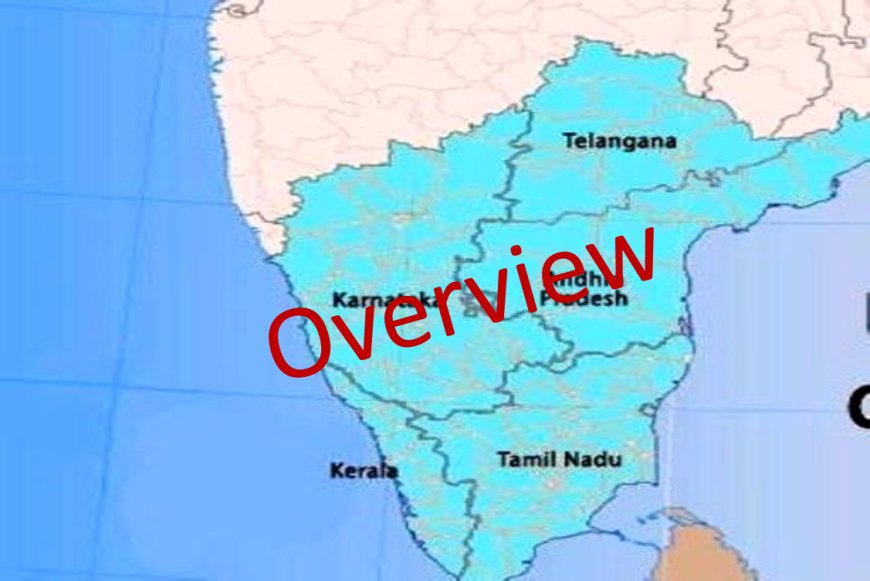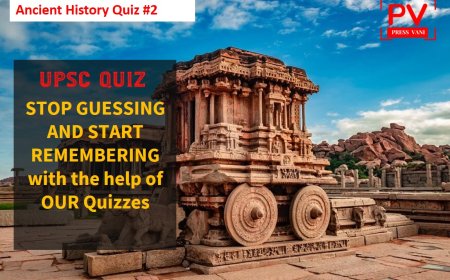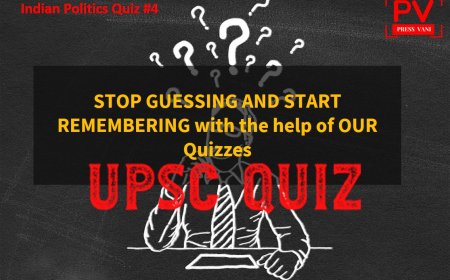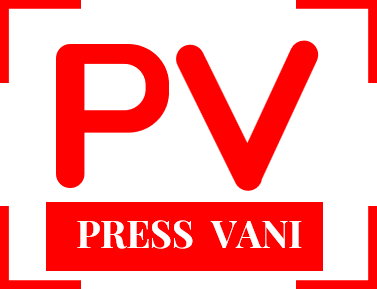Southern states and Lok Sabha elections
The battle for the South appears to be hotting up for coming Lok Sabha election, as the BJP-led NDA campaign is spearheaded by Prime Minister Narendra Modi who has set a target of 370 plus for the BJP and 400 for the NDA.

--Sri Krishna
The battle for the South appears to be hotting up for coming Lok Sabha election, as the BJP-led NDA campaign is spearheaded by Prime Minister Narendra Modi who has set a target of 370 plus for the BJP and 400 for the NDA.
In what is seen as a no holds barred battle against the opposition INDIA led by Congress, BJP which has 29 Lok Sabha seats from the Southern states with 25 of them from Karnataka, prime minister Modi has already made three visits to the southern states and launched crores of rupees of projects.
Ironically, the prime minister who has been vehemently critical of family or “Parivarwadi” of the opposition, he has now played almost a similar card and spoken of “Modi Pariwar.”
A closer examination of southern Indian politics will show that it is a mix of regional and national political parties. The Justice Party and Swaraj Party were the two major parties in the erstwhile Madras Presidency. The Justice Party eventually lost the 1937 elections to the Indian National Congress, and Chakravarti Rajagopalachari became the Chief Minister of the Madras Presidency. During the 1920s and 1930s, the Self-Respect Movement, spearheaded by Theagaroya Chetty and E. V. Ramaswamy Naicker (commonly known as Periyar), emerged in the Madras Presidency. In 1944, Periyar transformed the party into a social organisation, renaming the party Dravidar Kazhagam, and withdrew from electoral politics. The initial aim was the secession of Dravida Nadu from the rest of India upon Indian independence. After independence, C. N. Annadurai, a follower of Periyar, formed the Dravida Munnetra Kazhagam (DMK) in 1948. The Anti-Hindi agitations of Tamil Nadu led to the rise of Dravidian parties that formed Tamil Nadu's first government, in 1967. In 1972, a split in the DMK resulted in the formation of the All India Anna Dravida Munnetra Kazhagam (AIADMK) led by M. G. Ramachandran. Dravidian parties continue to dominate Tamil Nadu electoral politics, the national parties usually aligning as junior partners to the major Dravidian parties, AIADMK and DMK.
The Congress that dominated the political scene in Tamil Nadu in the 1950s and 1960s under the leadership of K. Kamaraj, who led the party after the death of Jawaharlal Nehru and ensured the selection of Prime Ministers Lal Bahadur Shastri and Indira Gandhi lost out in 1967 to the united Dravida Munnetra Kazhagham (DMK) led by C.N. Annadurai on the language issue and got itself painted as the Hindi party which image now is that of the BJP which on its own has therefore been unable to win a single seat in the Assembly or the Lok Sabha.
Congress continues to be a major party in Telangana, Karnataka, and Kerala. The party ruled with minimal opposition for 30 years in Andhra Pradesh, before the formation of the Telugu Desam Party by Nandamuri Taraka Rama Rao in 1982.
Congress did further damage to itself with the formation of Telangana in March 2014 with the electorate in Andhra Pradesh holding it responsible for its bifurcation while in Telangana the Telangana Rashtra Samiti (TRS) led by K. Chandra Shekhar Rao became the first Chief Minister of the newly formed state having spearheaded the agitation for the new state.
However, within ten years the TRS which later became the Bharat Rashtra Samiti (BRS) lost to the Congress badly in the Assembly elections as it got the image of being a corrupt party.
With the Congress having two of the five states – Karnataka and Telangana – in its kitty and being a partner in Tamil Nadu with the DMK, it is hoping to stop the BJP juggernaut from steamrolling it in the coming Lok Sabha elections.
In Kerala where the BJP is yet to open its account in the Lok Sabha with the Congress and Left parties continuing to play a dominant role, the going again does not seem easy for the BJP.
As of now, BJP has no Lok Sabha seats in Kerala, Tamil Nadu and Andhra Pradesh which together send 84 members.
For last 50 years, the two prominent coalitions in Kerala - the United Democratic Front, led by the Indian National Congress, and the Left Democratic Front, led by the Communist Party of India (Marxist) coalitions - have been alternately in power and E. M. S. Namboodiripad, the first elected chief minister of Kerala in 1957, is credited as the leader of the first democratically elected communist government in the world.
As per the 2011 census of India, the estimated population of South India was 252 million, around one fifth of the total population of the country. The region's total fertility rate (TFR) was less than the population replacement level of 2.1 for all states, with Kerala and Tamil Nadu having the lowest TFRs in India at 1.7. As a result, from 1981 to 2011 the proportion of the population of South India to India's total population has declined. Scheduled Castes and Tribes form 18% of the population of the region. Agriculture is the major employer in the region, with 47.5% of the population being involved in agrarian activities. About 60% of the population lives in permanent housing structures. 67.8% of South India has access to tap water, with wells and springs being major sources of water supply.
With a declining population, these states could face serious problems as and when the delimitation exercise gets underway and based on population. This could be yet another sore point with the political parties in Southern India and specially for the regional parties which would get another issue to be highlighted.
After experiencing fluctuations in the decades immediately after the independence of India, the economies of South Indian states have, over the past three decades, registered growth higher than the national average. While South Indian states have improved in some of the socio-economic metrics, poverty continues to affect the region as it does the rest of the country, although it has considerably decreased over the years. Based on the 2011 census, the HDI in the southern states is high, and the economy has grown at a faster rate than those of most northern states.
As per the 2011 census, the average literacy rate in South India is approximately 80%, considerably higher than the Indian national average of 74%, with Kerala having the highest literacy rate of 93.91%. South India has the highest sex ratio with Kerala and Tamil Nadu being the top two states. The South Indian states rank amongst the top 10 in economic freedom, life expectancy, access to drinking water, house ownership, and TV ownership. The poverty rate is at 19% while that in the other Indian states is at 38%. The per capita income is ₹19,531, which is more than double of the other Indian states ₹8,951. Of the three demographically related targets of the Millennium Development Goals set by the United Nations and expected to be achieved by 2015, Kerala and Tamil Nadu achieved the goals related to improvement of maternal health and of reducing infant mortality and child mortality by 2009.
Taking all these factors into account, it all now depends on how the political parties in the electoral fray play their cards and are able to convince the electorate as to who would be able to deliver.
What's Your Reaction?




















































